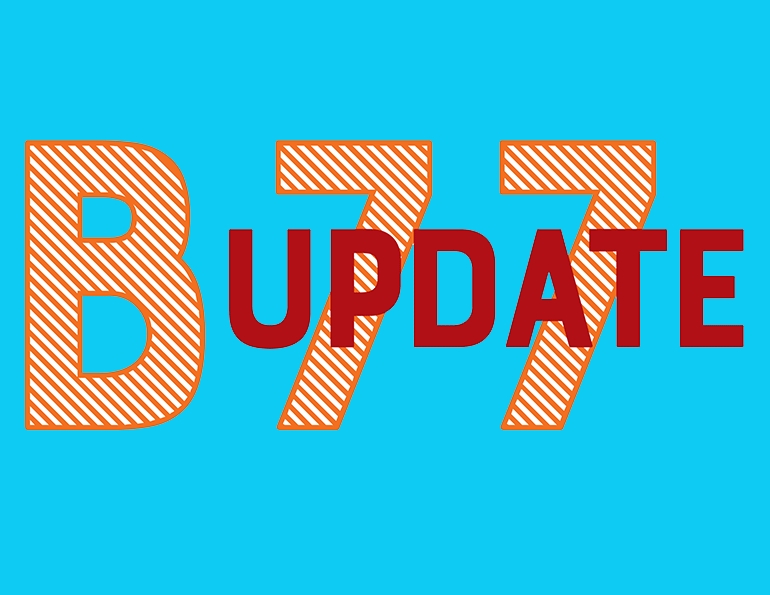Restraint bars on lifts continue to be a hot topic in the industry. Regulations and public opinion often vary by geographic region, and have changed over time. And speaking of change, let’s look at what’s new in restraint bar requirements, and the issues you may face when attempting to retrofit an older lift with restraint bars.
Like many tools, restraint bars can improve rider safety, when used correctly. A handful of states in the Northeast require that restraint bars be installed on all lifts, while only two states (Vermont and Massachusetts) require the bars actually be used by lift riders. In states where restraint bars are not mandated, many older lifts simply do not have them.
The latest ANSI B77 standard (released in May 2017) aims to provide greater uniformity when it comes to restraint bars. It states that “each chair shall be equipped with a passenger restraint device that will not open under forward pressure,” or, colloquially, a restraint bar. This is the new safety standard for all newly installed and relocated lifts (regardless if they are relocated to a new ski area or within the same one). All newly installed chairlifts in the U.S. will have restraint bars going forward.
Considerations
As more guests come to expect restraint bars on lifts, ski areas may consider retrofitting older lifts with restraint bars. However, this process has its share of engineering issues. Among them:
• Finding an after-market solution can mean manufacturing bars specific to each individual chair, incurring significant cost for materials, labor, and engineering.
• The additional weight of each bar also means that the chairs may need to be redistributed along the haul rope, and some chairs may need to be removed altogether, which would decrease the capacity of the lift.
• The added restraint bar can also change the way the chair moves through the sheaves and around the bullwheel. In some cases, the addition of a restraint bar is impossible; the steepness of a lift and the required swing clearances for the modified carrier might prohibit the addition.
• After the retrofit work is completed, the chair must undergo another round of acceptance testing.
So, a retrofit that involves putting new bars on an older chair is not a quick fix to be taken lightly.
Guest Communication
While ANSI B77 regulates ski lifts and aerial ropeways, it does not regulate guest behavior. Not all of our guests choose to put the bar down, for example.
To help prevent lift-related incidents, it’s a good idea to educate your guests about lift safety and the Responsibility Code. After all, knowing how to load, ride, and unload lifts properly is one of the seven points of the Code. One key point to emphasize: If an adult is sharing a chair with small children, the adult should assist them with lowering and raising the bar.
Remember, safety is one of the primary objectives of the ANSI B77 standard. With that in mind, make sure your lift attendants are prepared to answer guest questions about your lifts, and are ready to assist a guest when needed. That’s not just good guest service; it’s part of the standard, too. ANSI B77 requires that the duties of lift attendants and operators include “observing, advising, and assisting [the passenger] while they are in the attendant’s work area as they embark or disembark from the aerial lift.”
A little assistance and education from staff will go a long way in promoting guest safety.






